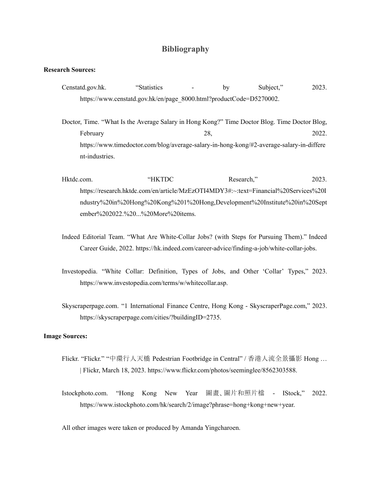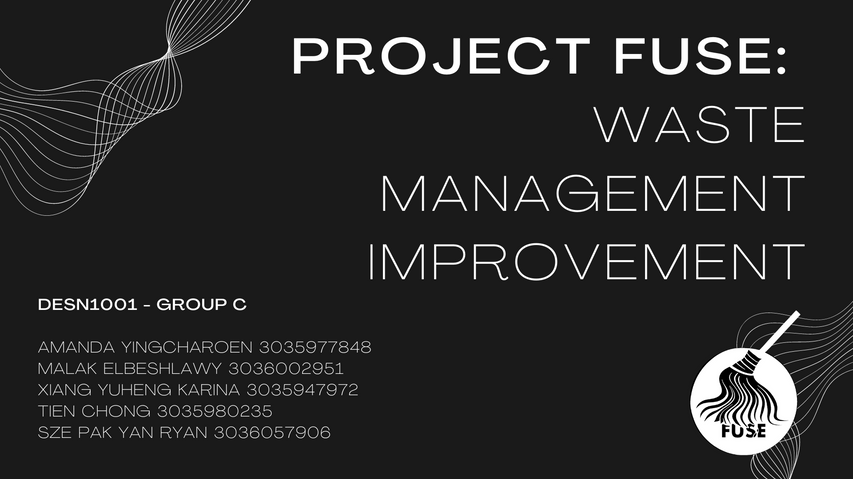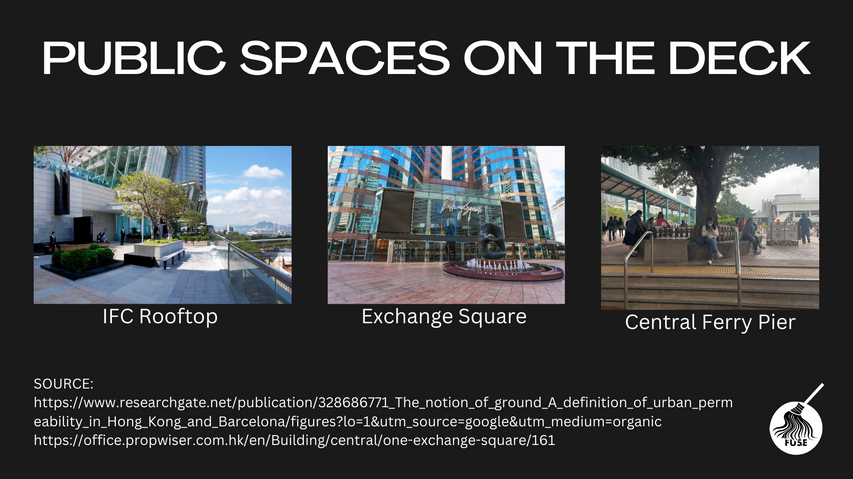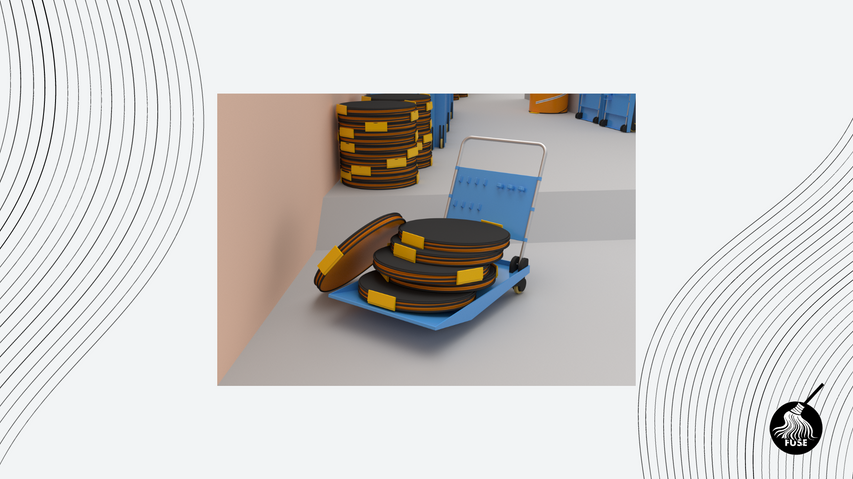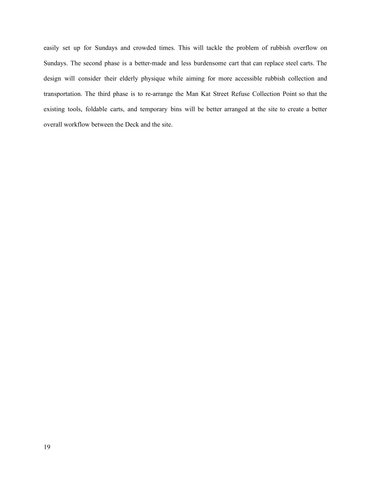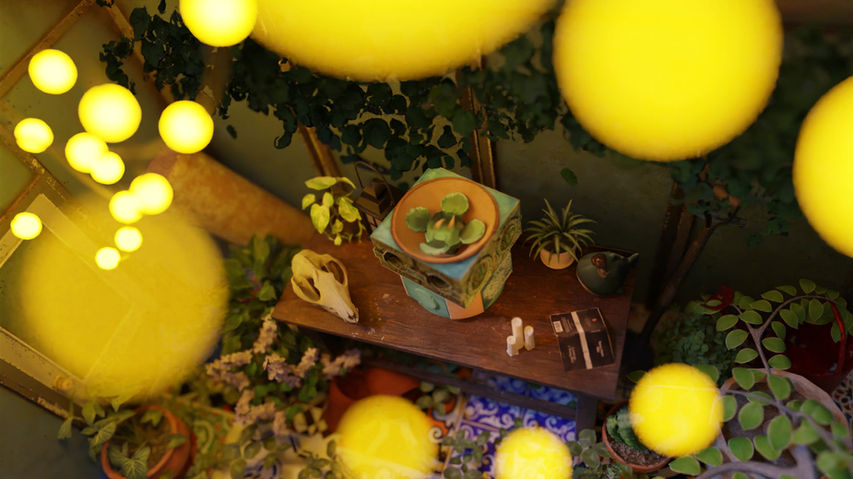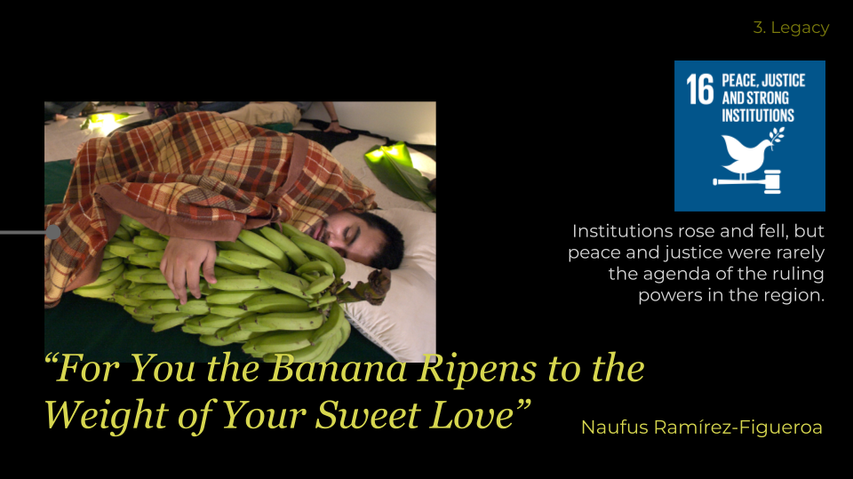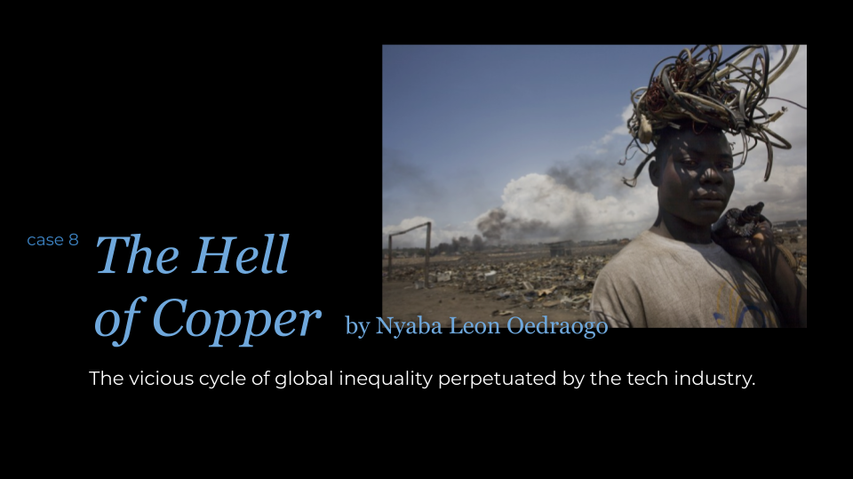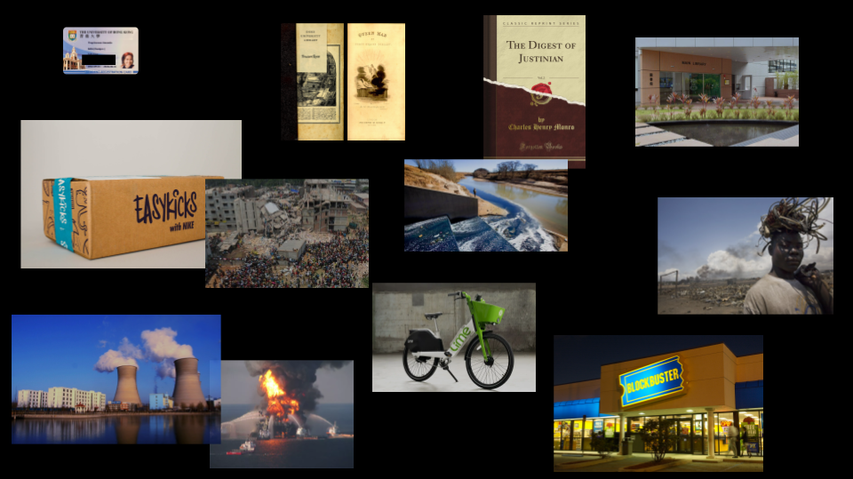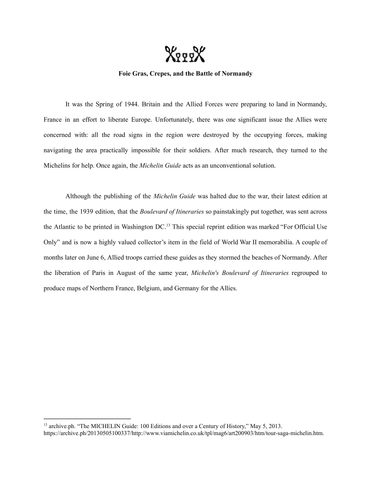DESN1001
IDEAS
"Hong Kong is a compact city with often multi-layered pedestrian and transport networks. Ground-level as most of us understand it, can be elevated or underground, or a mix. In Central, road infrastructure forces pedestrians to use a complex elevated network to connect between all different modes of transport including ferries, trains, buses and private cars. This elevated network offers shopping, cinema, toilets, and other conveniences. Immediately south of this ‘deck’, life is predominantly at street level. How do we see the future of Central Hong Kong. How to enhance Central as a living, working, visiting and recreation destination?"
The STAKEHOLDER PROFILE
A user-centric approach was taken in order to identify ways in which the 'deck' could be improved. This method instilled a habit of utilizing design thinking procedures when encountering situations that require proble-solving. The stakeholder I was assigned to was "white-collar workers".
Project Fuse: Presentation
After identifying the wants and needs of stakeholders of the 'deck', groups were formed in order to formulate solutions to these problems. My group came up with the idea for Project Fuse, tackling the issue of waste management in the area by creating modular tools that work together in a comprehensive system to assist street cleaners that work there.
Project Fuse: Report
The presentation was then expanded upon in a report, detailing the specifics of the research methods, data collection procedures, and our overall design thinking process as well as more in-depth justifications for the design choices we took.
DESN1002
Representation
Representation was my first technical design course. We learned about different techniques that could be used to represent our ideas, from sketching on paper, to digital modeling on Rhino and Blender, and 3D printing as well as animating our creations for our final presentation.
Through this course, I learned about the capabilities and the limitations of each of these mediums, adding them to my arsenal of skills to be used for the final presentation and other design projects in the future.
The Cube
The entire course revolves around designing a cube based on an everyday object. My portfolio for the class is included below, but you're highly encouraged to click the 'See More' button to read more about my progress!
DESN1004
Contemporary issues in design
DESN1004 discusses the history of design, covering notable designers such as Charles and Ray Eames and institutions such as Bauhaus, all the way to modern issues that are solved with design in the likes of Mexico's "Piso Firme" program. We were fortunate enough to have many impressive guest lecturers including ...
Below are the assignments that I've submitted for the class...
Assignment 1
INSTRUCTIONS: "Create a five-minute visual presentation introducing an exhibition that relates to one or more of the UN Sustainable Development Goals 2030.
Assignment 2
INSTRUCTIONS: "Create a five-minute visual presentation curating an exhibition of ten to twenty objects, ideas, or approaches that relate to one or more of the UN Sustainable Development Goals 2030. Please consider how the curators we studied brought divergent work together to create a meaningful exhibition for viewers to better understand our world through. You will present your curatorial vision and the exemplar work exhibited and describe how it relates to the UN Sustainable Development Goals."
Assignment 3
INSTRUCTIONS: "Write a 2,500-word essay on the history of an invention. Ideally it will focus on an invention that spans time and numerous cultures to reveal that communication and collaboration are evident throughout the history of innovation."













